I searched a bit regarding my problem but can't find anything that really to help.
So my problem/dilema stays like this:
I know that mysql database have a unique index system that can be used for insert/update in same query using this format:
insert into t(a,b,c) values(1,1,1) on duplicate keys update b=values(b),c=values(c);
and a replace format used to replace a existing recording by that index.
to be honest the only similar stuff that I saw in MSSQL is the merge but I really don't like it at all and verifying a query to insert or update isn't unique index based after all...
So how can I emulate the mysql unique UPSERT into Entity Framework? this is my main problem...
I mean without getting the record from entity set and checking it if is null or not for a possible insert or update;
Can I get it? Or not? Any hint can be useful
I saw this but doesn't appear into version 6...
example of entity:
[Table("boats")]
public class Boat
{
[DatabaseGenerated(DatabaseGeneratedOption.Identity)]
public int id { get; set; }
[MaxLength(15)]
[Index("IX_ProviderBoat",1,IsUnique=true)]
public string provider_code { get; set; }
public string name { get; set; }
[Index("IX_ProviderBoat", 3, IsUnique = true)]
[MaxLength(50)]
public string model { get; set; }
[Index("IX_ProviderBoat", 2, IsUnique = true)]
[MaxLength(15)]
[Key]
public string boat_code { get; set; }
public string type { get; set; }
public int built { get; set; }
public int length { get; set; }
}
So I want to update/insert based on the my IX_ProviderBoat unique index using EF
